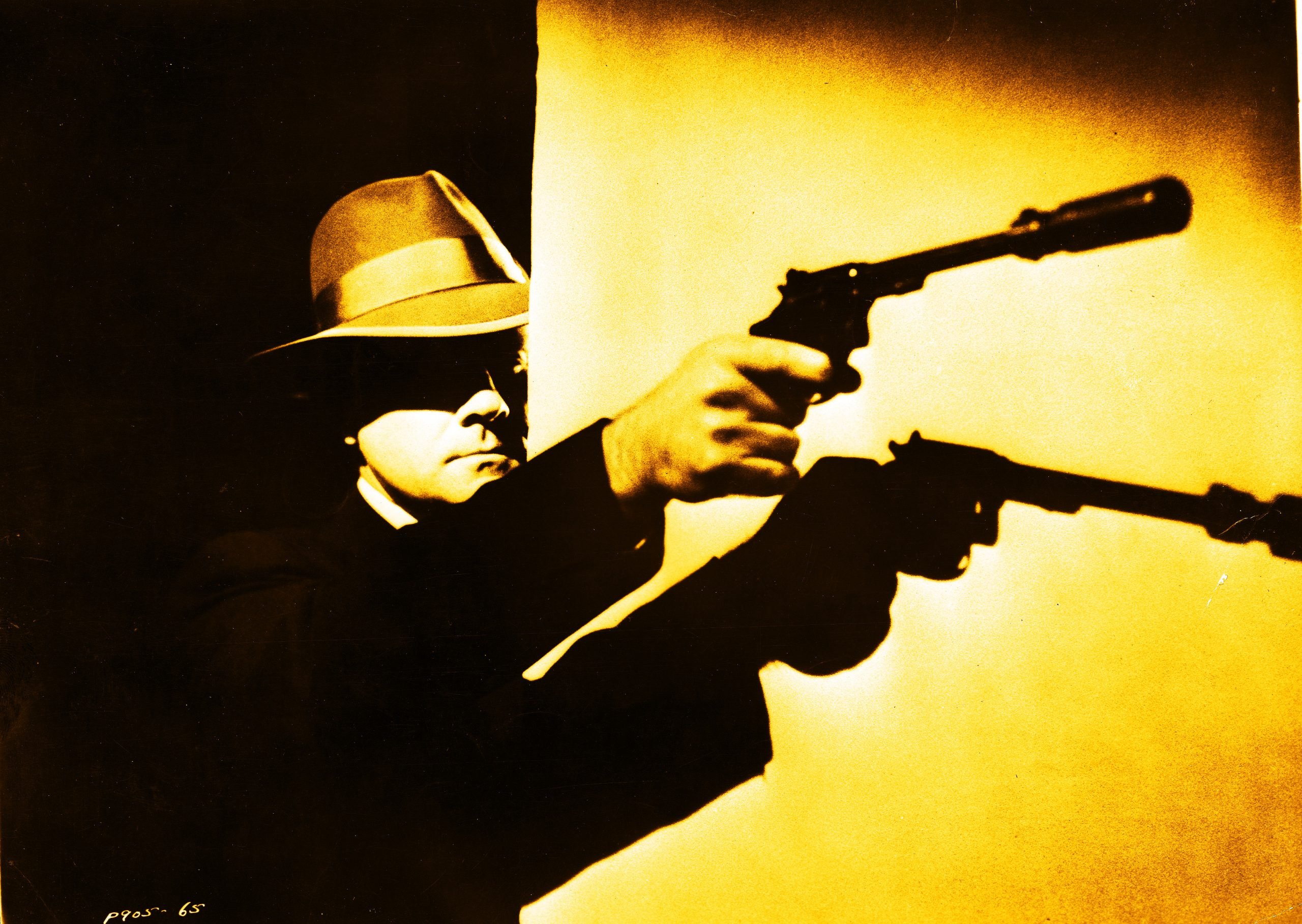Happy Friday, Bulletin readers. In today’s briefing: More details emerge on the double shooting at a Kentucky Kroger. Catholic bishops endorse a gun reform initiative. And the fatal shooting of an unarmed man in Idaho puts one of the country’s newest “stand your ground” laws to the test.
Receive this daily news briefing by email every morning. Sign up here.
WHAT TO KNOW TODAY
“Gun neutral” movies and TV shows will offset onscreen guns by paying for the destruction of real-world firearms. The new initiative from the women-led production company Level Forward is an attempt to reckon with Hollywood’s frequent glamorization of guns and gun violence while preserving filmmakers’ and writers’ creative freedom. For participating productions, every prop gun appearing in the final cut will pay for the destruction of 10 unused guns collected through buybacks or otherwise currently out of circulation. The founders point to research by the Annenberg Public Policy Center that shows that, over the past 20 years, depictions of gun violence in PG-13 movies has increased faster than the number of onscreen shootings in R-rated films.
The suspect in the shooting at a Kentucky supermarket has a history of domestic abuse. Court records also show a history of racist threats and mental illness. The 51-year-old was barred from gun ownership because of a domestic assault conviction, and on multiple occasions, judges have ordered him disarmed. Local law enforcement say they are investigating how he nonetheless acquired the firearm he used to kill two people during a rampage at a Kroger grocery store in the Louisville suburb of Jeffersontown on Wednesday.
Meanwhile, the victims have been identified. Maurice E. Stallard, 69, was killed while shopping for poster board with his 12-year-old grandson. He was the father of Kellie Watson, the chief racial equity officer for the mayor of Louisville. Also killed was 67-year-old Vicki Lee Jones. Both of the victims were black, and the gunman reportedly tried to enter a predominantly black church just before the attack.
New Jersey designated its own gun violence research center. On Wednesday, Governor Phil Murphy announced that Rutgers University will serve as New Jersey’s Center on Gun Violence Research. Its purpose is to study data on gun violence and establish prevention strategies “to fill the knowledge gap left by the federal government’s inaction and the gun industry’s obstruction,” Murphy said.
A substitute teacher in Florida was arrested after dropping a loaded gun on a school playground. A parent told reporters that the 31-year-old man was helping children do cartwheels on an elementary school playground in Largo, Florida, when a gun loaded with 19 rounds of ammunition fell out of his waistband. No one was injured, and the man was taken into custody. He is facing a charge of bringing a concealed weapon on a school campus.
While civilian guns are banned in Florida’s K-12 schools, the state has a “pre-school loophole.” Florida’s concealed-carry law excludes elementary and high schools from the places where people with concealed carry permits can bring their weapons, but not pre-schools. Six years ago, a bill that would have prohibited guns in any childcare facility was quashed.
Catholic leaders in Washington State have come out in support of a gun safety initiative. In a statement last week, the Catholic bishops of Washington State endorsed Initiative 1639, a ballot measure that would strengthen background checks, extend waiting periods and age limits for semiautomatic weapons, and institute training and storage requirements. The bishops wrote that church teaching on the sacredness of human life “demands that the Catholic Church engage in solutions to help prevent” gun violence.
Idaho’s new “stand your ground” law is put to the test. The attorney for a man who fatally shot an unarmed man on his property on Saturday night says he acted in self-defense. His case is built on the state’s new “stand your ground” law, which was enacted earlier this year and allows the use of lethal force in defense of personal property.
TIME interviewed 245 people for an epic cover story on guns in America. The project, in collaboration with the artist JR, brought together people from across the political spectrum to share their views on gun violence and the Second Amendment. The magazine heard from activists, police officers, hunters, parents, and students from three American cities. For some of the participants, guns are a symbol of tradition and family. For others, they represent death and fear. The interactive mural that JR and the TIME staff created from this panoply of American viewpoints on firearms is worth checking out:

ONE LAST THING
Our reporting on the CDC’s unreliable gun injury estimates stirs a new call for better data. An editorial from Bloomberg Opinion calls for more consistent reporting of firearm-related injuries, emphasizing the importance of such data to public safety. As an analysis of Centers for Disease Control and Prevention’s gun injury estimates by The Trace and FiveThirtyEight found, the agency’s numbers are out of step with figures from other public health and criminal justice databases, and methodological issues mean the CDC has more confidence in its projections of BB gun injuries than it does injuries from real firearms. The discrepancy has serious implications for the public’s understanding of gun violence. Reducing gun violence “requires investigating the precise ways in which guns are used to injure or kill people,” the editorial reads. “But high-quality research can’t happen without high-quality data.”

